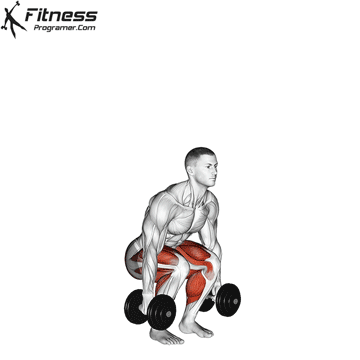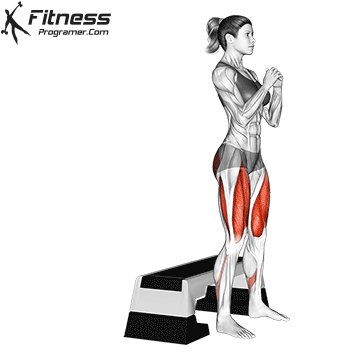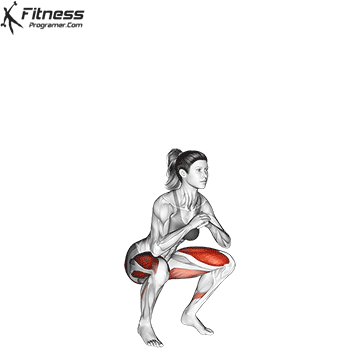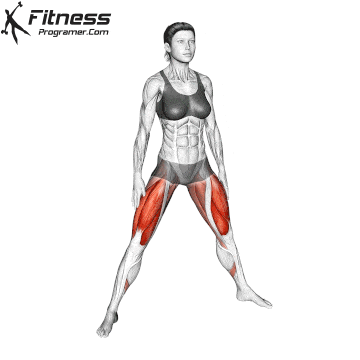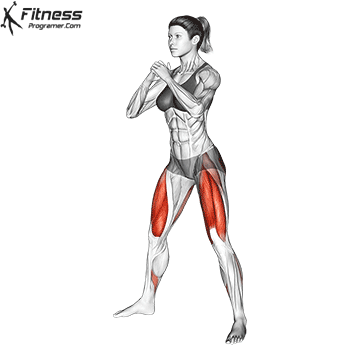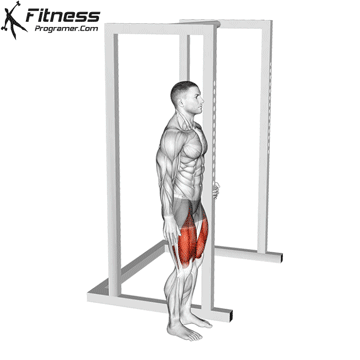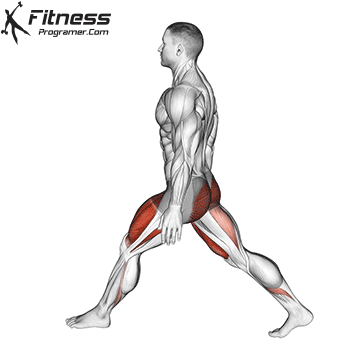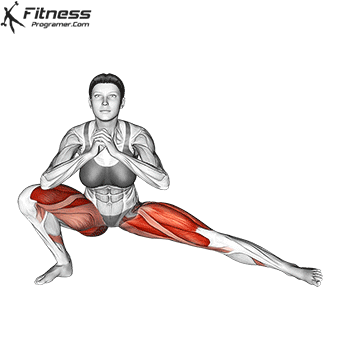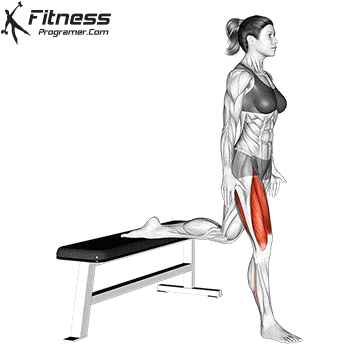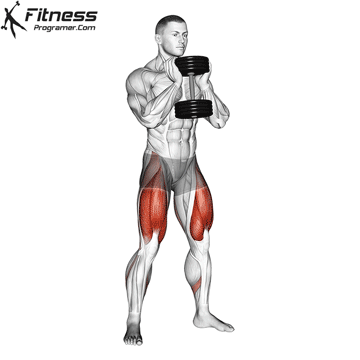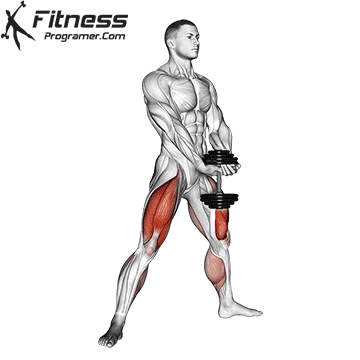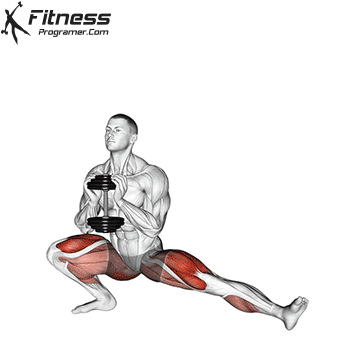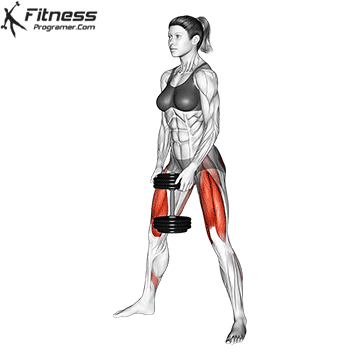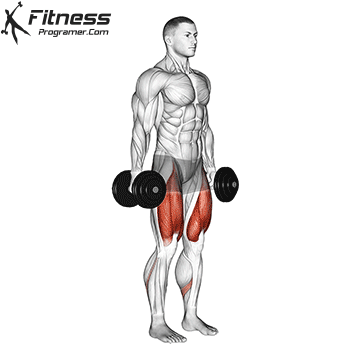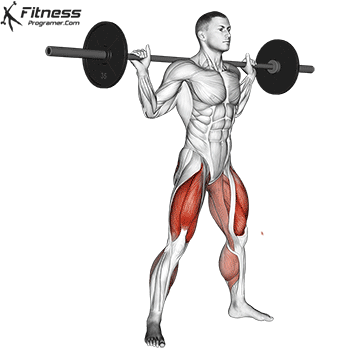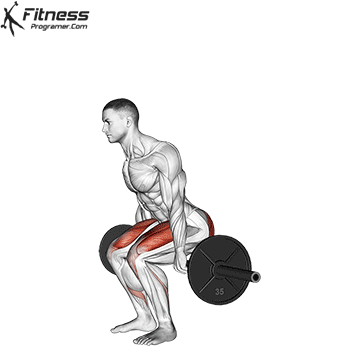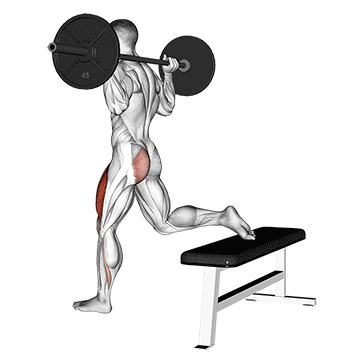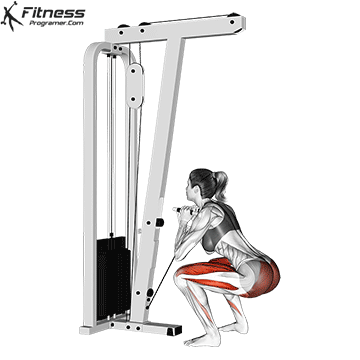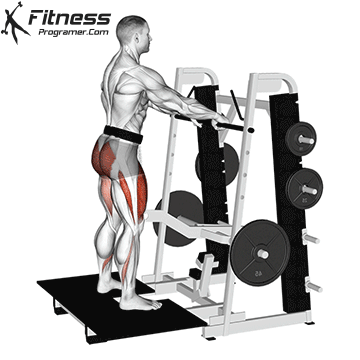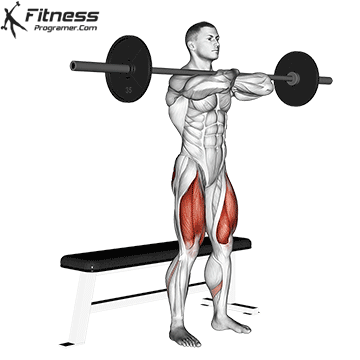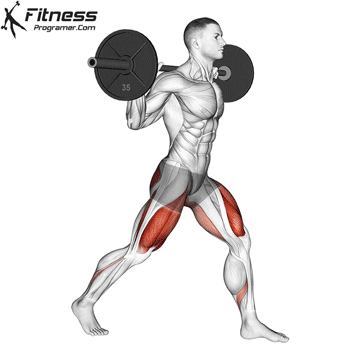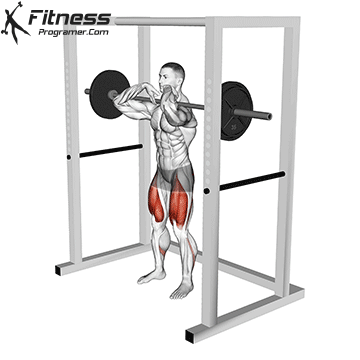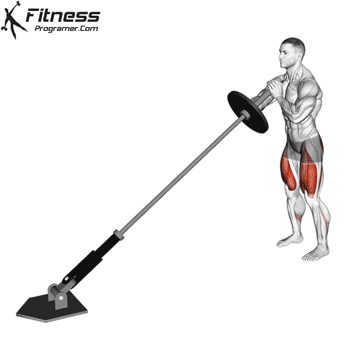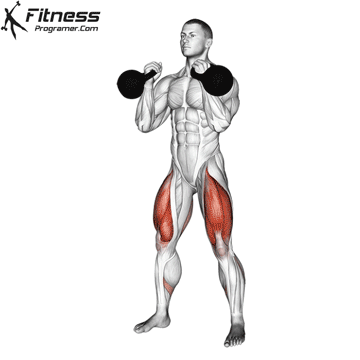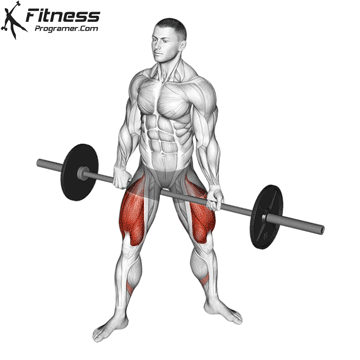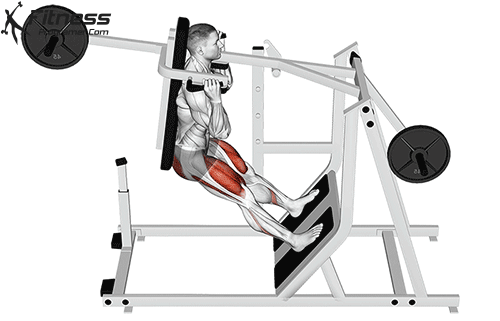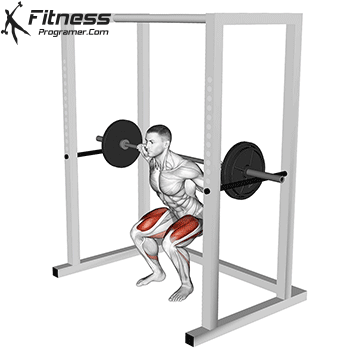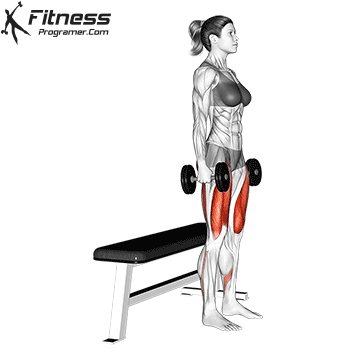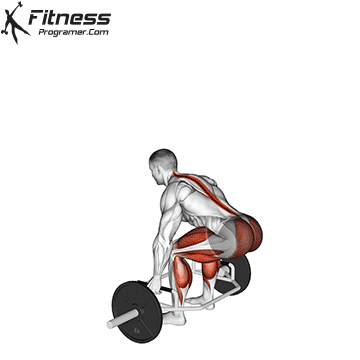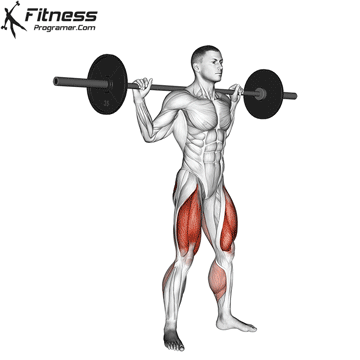Overview
The dumbbell jump squat is a weighted plyometric exercise where you perform a vertical jump while holding dumbbells at your sides. This variation increases loading on the quads, glutes, and calves, and enhances fast-twitch muscle fiber recruitment. It is used to build power, speed, and agility in a functional and efficient way.
How to do Perform Dumbbell Jump Squat
- Stand tall with feet shoulder-width apart, holding a dumbbell in each hand at your sides.
- Brace your core and lower into a squat, keeping your chest up and back neutral.
- Explode upward, jumping off the ground as high as you can while holding the dumbbells.
- Land softly on the balls of your feet, immediately lowering back into a squat for the next rep.
- Repeat for reps, maintaining control during both the takeoff and landing.
Tips for Proper Form
- Use light dumbbells to maintain jump height and avoid compromising form.
- Land softly with bent knees to absorb impact and protect your joints.
- Keep your chest lifted and core engaged to avoid rounding your back.
- Maintain a neutral spine throughout the movement.
- Control your descent to avoid slamming down on your joints.
Common Mistakes
- Using too much weight, which reduces jump height and increases injury risk.
- Landing with stiff legs, placing stress on the knees and ankles.
- Losing posture, such as rounding the back or leaning too far forward.
- Jumping without control, resulting in poor form or imbalance.
- Skipping the squat phase, turning the movement into a bounce rather than a squat jump.
Benefits of the Dumbbell Jump Squat
-
Builds Explosive Power: Jump squats with weight train fast-twitch muscle fibers for quicker, more explosive movements.
-
Strengthens Lower Body Muscles: Targets the glutes, quads, hamstrings, and calves with added resistance.
-
Improves Athletic Performance: Enhances vertical jump, sprinting ability, and acceleration.
-
Boosts Cardiovascular Conditioning: High-intensity bursts elevate heart rate and improve endurance.
-
Increases Core Engagement: Holding weights requires stability and activates the core throughout the jump.
-
Enhances Coordination and Balance: Forces you to control body positioning through rapid, dynamic motion.
-
Burns More Calories: Plyometric resistance training increases post-exercise oxygen consumption, aiding fat loss.
-
Highly scalable for all levels: From beginners to advanced lifters, weights and depth can be adjusted.
How to Incorporate Into Your Routine
- For Beginners: Use 2 to 3 sets of 6 to 8 reps with light dumbbells to learn landing mechanics and control.
- For Hypertrophy: Try 3 to 4 sets of 8 to 10 reps with moderate weight to combine power with muscle-building.
- For Strength: Use 3 sets of 4 to 6 reps with explosive intent, focusing on maximal jump height and good form.
- For Functional Training: Add 2 to 3 sets of 6 reps to drills that mimic sport-specific movements or agility.
- For Circuit Training: Include 8 to 10 reps in a total-body circuit to increase intensity and caloric burn.
- For General Fitness: Use 2 to 3 sets of 8 to 10 reps as part of a conditioning or athletic workout.
- For Speed and Power: Pair with sprints or box jumps for contrast training to build dynamic lower-body explosiveness.
Dumbbell Jump Squat Muscles Worked
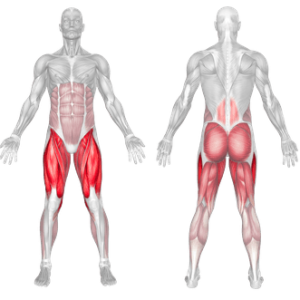
Frequently Asked Questions
Can I use heavy dumbbells for jump squats?
No, using too much weight reduces explosiveness and increases injury risk. Stick to light to moderate dumbbells to maintain jump quality.
Is this exercise suitable for beginners?
Beginners should master bodyweight jump squats first, then progress to light dumbbells as control improves.
How often should I perform dumbbell jump squats?
One to two times per week is enough to build power without overtraining your joints and central nervous system.
Do dumbbell jump squats build muscle or power?
They do both, especially when performed with moderate weight and explosive intent. The primary benefit is improved power output.

